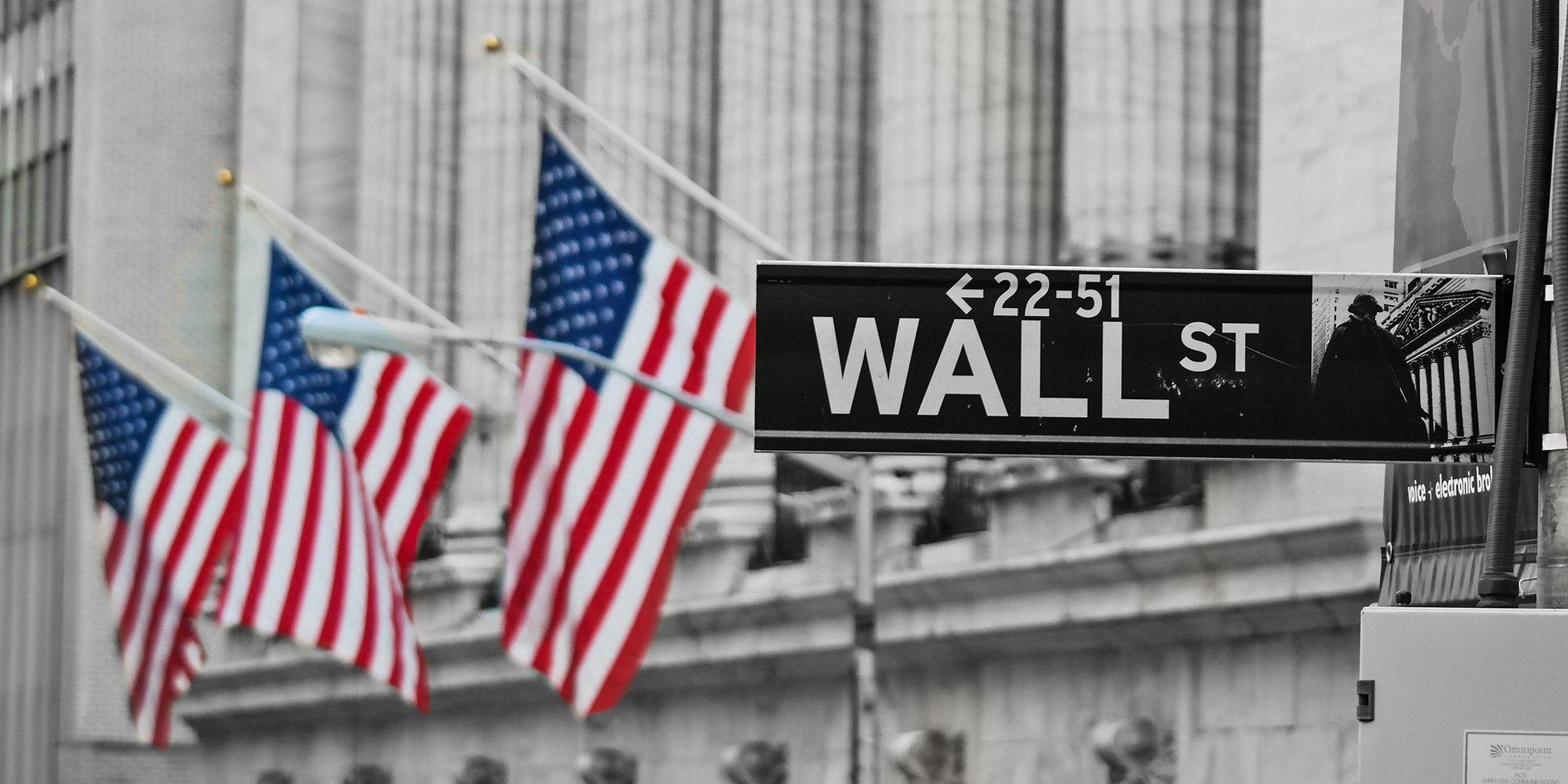Finance 101: How The Stock Market Works – 101

The stock market facilitates the liquidity that greases the global economic machine, by aligning institutions raising capital with those in search of investment opportunities. As a measure of value, the stock market is a pricing mechanism that discounts future growth expectations, rather than a strict and immediate snapshot of the current economic landscape. Passing knowledge of The Market is a Civic Duty.
Initial Public Offering (IPO)
A corporation is a separate entity that offers both limited liability and the ability to issue shares to raise cash. A corporation “goes public” at its initial public offering (IPO) by selling stock through an investment bank to outside investors. In exchange, shareholders are granted equity ownership rights above the corporation.
After the IPO, investors will trade stock directly between themselves, in the secondary market. Stock prices track corporate earnings, over the long term.
The Stock Ticker and Corporate Earnings
Stock market exchanges organize traders and individual securities according to auction format. Individual [last] trades clear at the point where the lowest ask and highest bid prices intersect. Most trades are now executed electronically, with even the Chicago Board of Trade shutting down the last of its trading floors.
The stock ticker shows symbol, price, and volume data for each trade. Four-letter stock symbols trade on Nasdaq. Volume refers to the number of shares that trade hands during a particular transaction. Extreme stock market volatility is typically accompanied with heavy volume, as measured by CBOE Volatility Index, or VIX.
Share prices move in concert with corporate earnings expectations. Stock prices, in effect, discount future cash flows according to growth and interest rates. Solid economic growth and low interest rates drive strong market returns. Low interest rates encourage firms to take on more calculated risks, because FDIC insured bank deposits then offer less than nothing, in terms of real returns.
NYSE and NASDAQ
The New York Stock Exchange (NYSE) and National Association of Securities Dealers Automated Quotations (NASDAQ) are the most prominent stock markets in the world. Both operate out of New York City, with the Nasdaq taking up Times Square studio space and the NYSE fronting the corner of Broad and Wall streets.
Taken together, the New York Stock Exchange and Nasdaq might rack up $500 billion in dollar volume per day. NYSE stocks are generally old-line businesses, while new economy, technology stocks like Apple, Microsoft, and Nvidia trade on Nasdaq. This dichotomy is largely due in part to lesser requirements for a Nasdaq listing.
Stock Market Benchmarks
The Dow Jones Industrial Average (DJIA), Standard and Poor’s 500 (S&P 500), and Nasdaq Composite are the three primary U.S. stock market benchmarks. The S&P 500 is a market-weighted index of 500 large U.S. stocks. Here, Apple and Microsoft shares would carry the most weight, with these two businesses combining for $6 trillion in market capitalization.
The Dow is a price-weighted average. Share price alone is arbitrary and is no real indicator of size. Now, United Health Group trades for $521 per share and is the most powerful Dow stock, despite the company being only one-sixth the size of Apple and Microsoft. The Wall Street Journal editorial board selects 30 component stocks, like Coca-Cola, Visa, and Chevron to represent the domestic economy.
Interestingly, S&P 500 and DJIA performance closely mirror each other. The Nasdaq Composite, however, is more so an indicator for the technology economy. In recent years, all three stock market benchmarks have repeatedly broken through all-time records. Your portfolio is likely to move in lockstep with the greater market.
A Leading Socioeconomic Indicator
The Dow Jones Industrial Average, S&P 500 Index, and NASDAQ Composite are all leading indicators for the global economy. Significant losses of more than 20% for major stock market benchmarks signal a bear market and imminent recession.
We would then expect for the Federal Reserve Board and Treasury to propose aggressive interest rate and tax cuts. Quantitative easing and government spending work through the financial system to encourage borrowing, spending, and investing.
Going forward, the increased economic activity will improve stock market performance. At the same time, cheap money and hyper-growth will trigger persistent inflation, as has been the case through the post COVID-19 Pandemic Era. The Federal Reserve does operate with a contradictory dual-mandate – to support both full employment and a stable price level.
Onyx Investments is fully aware that a strong stock market, white hot inflation, and debilitating unemployment combine for a volatile powder keg of social unrest. Ironically, heavy-handed reforms might only exacerbate the situation.

